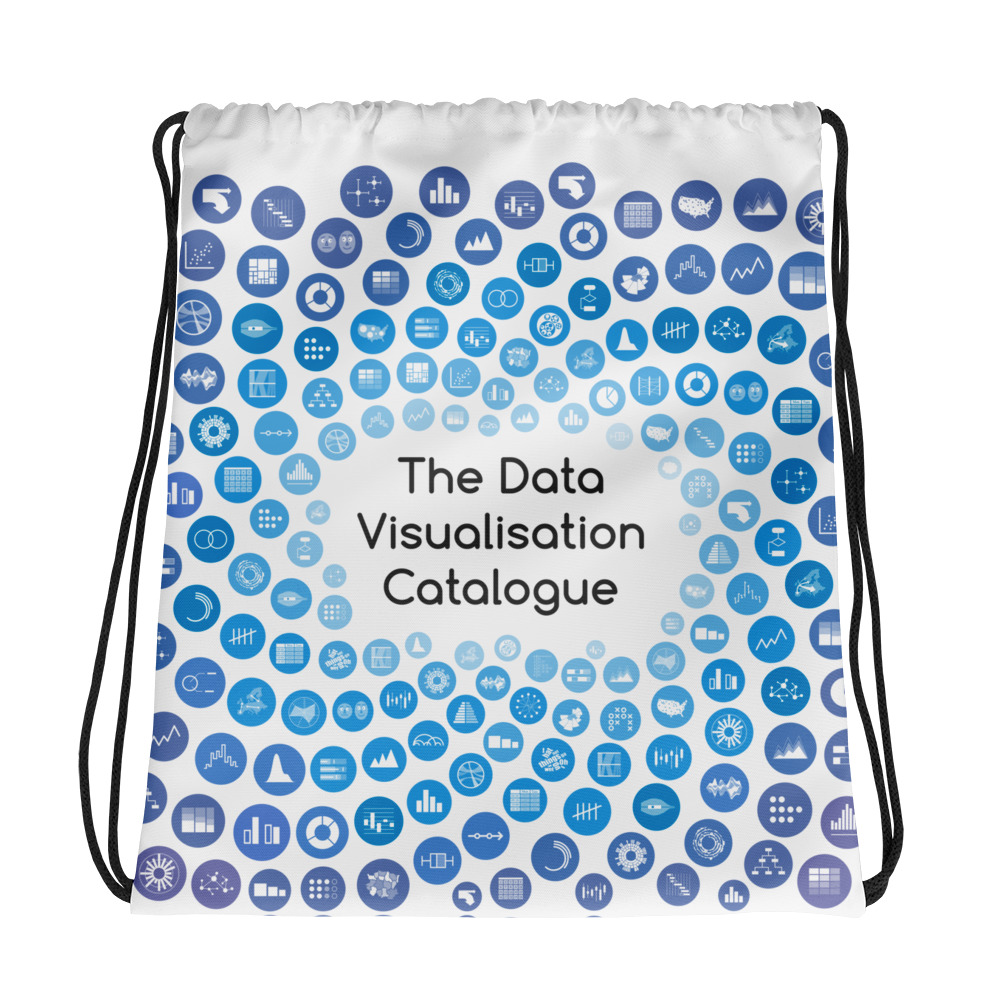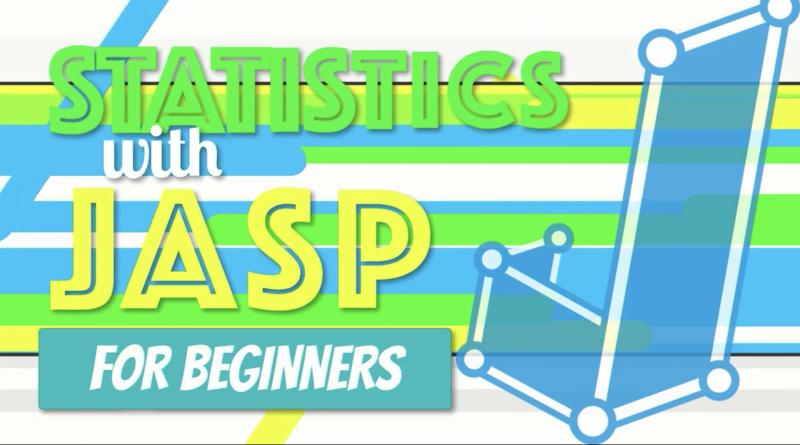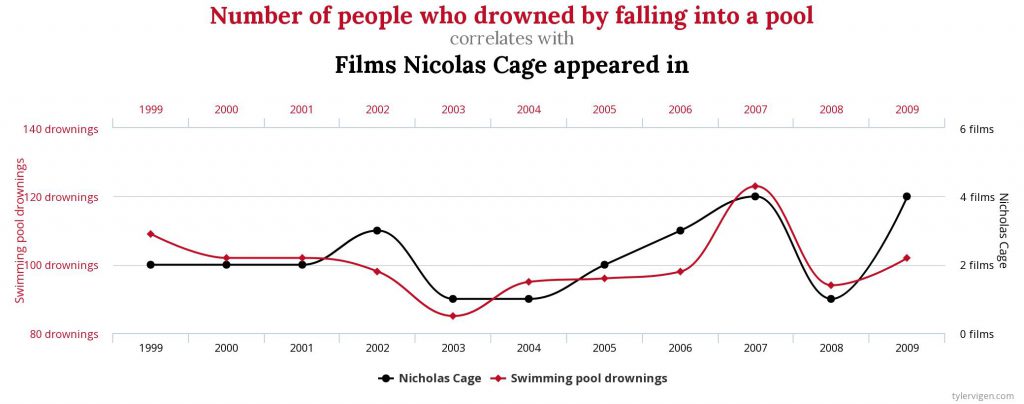Examples: Data Visualization
The Data Visualization Catalogue is a project developed by Severino Ribecca to create a library of different information visualization types. This site features most every type of data visualization you an imagine (including some of the most common in psychology– bar chart). Each contains a description, examples, tools for creation, and a video. You can access the site […]
Examples: Data Visualization Read More »





